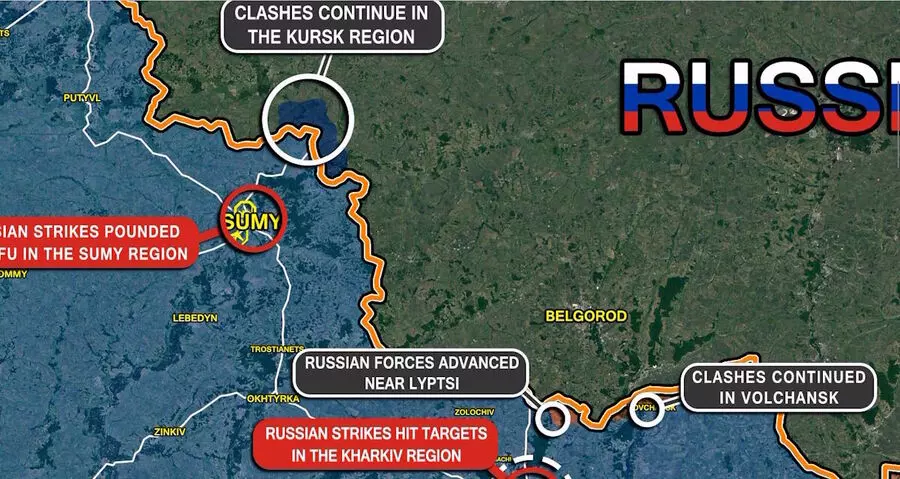In a strategic move, Ukraine launched an unexpected attack on the Kursk region along its northeastern border, aiming to alleviate pressure on its front-line forces in the Donetsk region to the south. These forces have been struggling against a consistent Russian advance. The surprise operation has proven somewhat successful, as Russia had to redeploy troops from Ukraine back to defend its own territory. Ukrainian forces managed to push more than 20 miles into Russia, capturing hundreds of poorly trained conscripts and prompting the evacuation of thousands of civilians.
John Kirby, White House national security communications adviser, acknowledged that some Russian units have been redirected from Ukraine to the Kursk area but noted that it is unclear how many more troops may be deployed or what their intentions would be. He added that the United States has not yet seen evidence that the movement of troops has significantly affected the situation in eastern Ukraine.
Russian forces remain heavily concentrated in Donetsk, with plans to capture Pokrovsk – a vital logistical hub whose fall could disrupt Ukrainian supply lines. While several Russian brigades have been moved from Donetsk to fight in Ukraine, commanders seem determined to maintain the majority of their forces in hopes of achieving a strategic breakthrough, as per the Washington-based Institute for the Study of War (ISW.
The ISW’s latest assessment suggests that Russian military leaders are moving select elements of irregular units from Donetsk Oblast to address the Ukrainian incursion in Kursk Oblast. However, these leaders appear reluctant to pull Russian military units engaged in combat from priority areas in Donetsk Oblast for fear of slowing down their operations.
Despite this change in focus, Russian forces continue to maintain a high offensive tempo in Donetsk Oblast, demonstrating that the Russian military command is still prioritizing advances in eastern Ukraine. Ukrainian President Volodymyr Zelensky has acknowledged the strain on his country’s troops fighting in the Donetsk region and Pokrovsk, agreeing to send additional weapons from upcoming support packages to bolster their defenses.
This article discusses a surprise Ukrainian attack into Russia’s Kursk region as part of an effort to relieve pressure on its front-line forces struggling against a relentless Russian advance in the Donetsk region. The operation has forced some Russian troops to redeploy from Ukraine back to defend their own territory, capturing hundreds of poorly trained conscripts and prompting the evacuation of thousands of civilians. While some Russian units have been redirected from Ukraine to the Kursk area, it remains unclear how many more may be deployed or what their intentions would be.
Russian forces are heavily concentrated in Donetsk, with plans to capture Pokrovsk – a critical logistical hub whose fall could disrupt Ukrainian supply lines. Although several Russian brigades have been moved from Donetsk to fight in Ukraine, commanders seem determined to maintain the majority of their forces there, hoping for a strategic breakthrough.
According to the Washington-based Institute for the Study of War (ISW), Russian military leaders are moving select elements of irregular units from Donetsk Oblast to address the Ukrainian incursion in Kursk Oblast but remain reluctant to pull Russian military units engaged in combat from priority areas in Donetsk Oblast for fear of slowing down their operations.
Despite this change in focus, Russian forces continue to maintain a high offensive tempo in Donetsk Oblast, demonstrating that the Russian military command is still prioritizing advances in eastern Ukraine. Ukrainian President Volodymyr Zelensky has acknowledged the strain on his country’s troops fighting in the Donetsk region and Pokrovsk, agreeing to send additional weapons from upcoming support packages to bolster their defenses.

